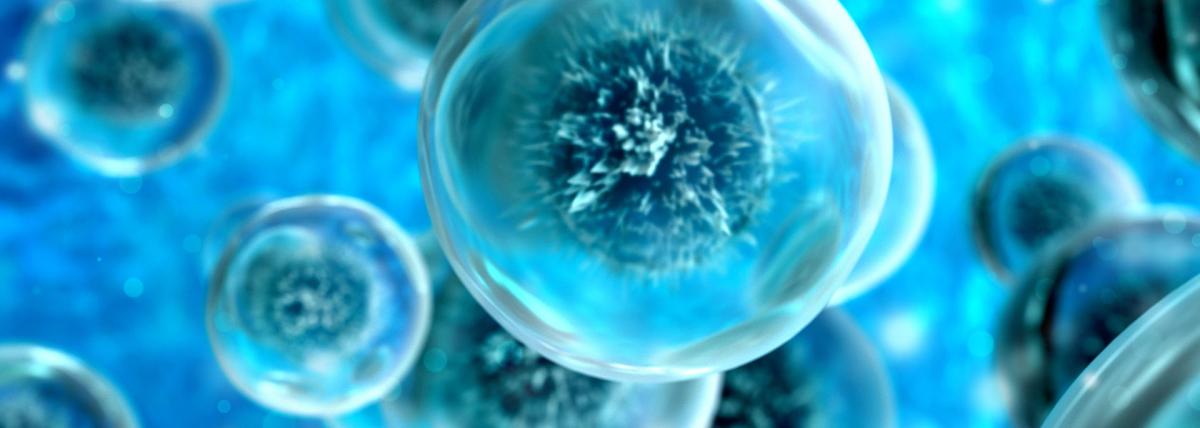
Cross Sections with FOOD
Students get hands-on learning about 2D cross sections of 3D objects with this creative food lesson! From brownies to pickles, students will use food to describe what a cross section is of a 3D shape. They will be able to model and explain a horizontal and vertical cross section of a 3D shape.
Lesson Grade Level
7th GradeLesson Plan Link/URL
https://docs.google.com/presentation/d/1IFOtNi5yMU6wPGXzUYOaXA9Mc26R72Ln/edit?u…Related Content

Explore how cells can only be so big by studying how things move in and out of them, and discover why the size of a cell is connected to its surface area and volume.

This is the 3rd lesson in the series. In this lesson, students will select one building from their master-planned community to construct a 3D model that absorbs/releases 8% less than the surrounding

This is the planning and set-up stage for an experiment to see which type of gardening is the most sustainable and produces the best results. You will need to either choose or have students help

